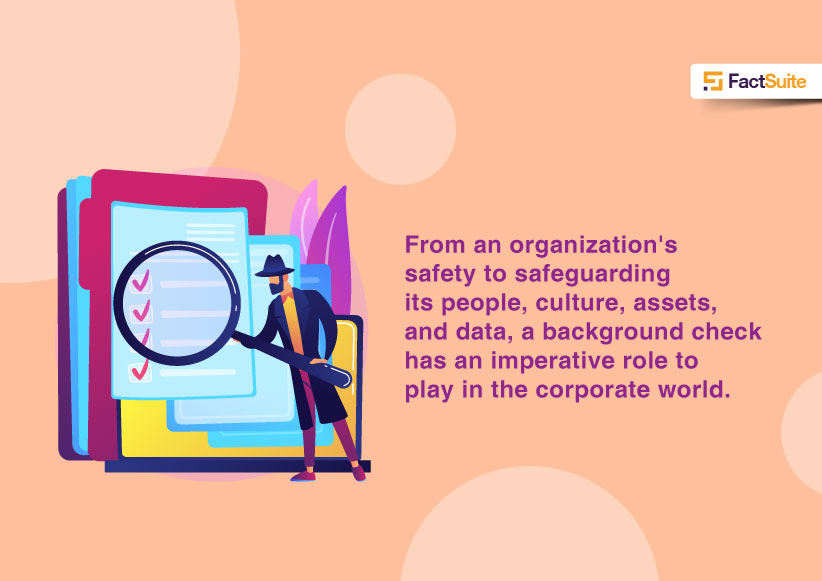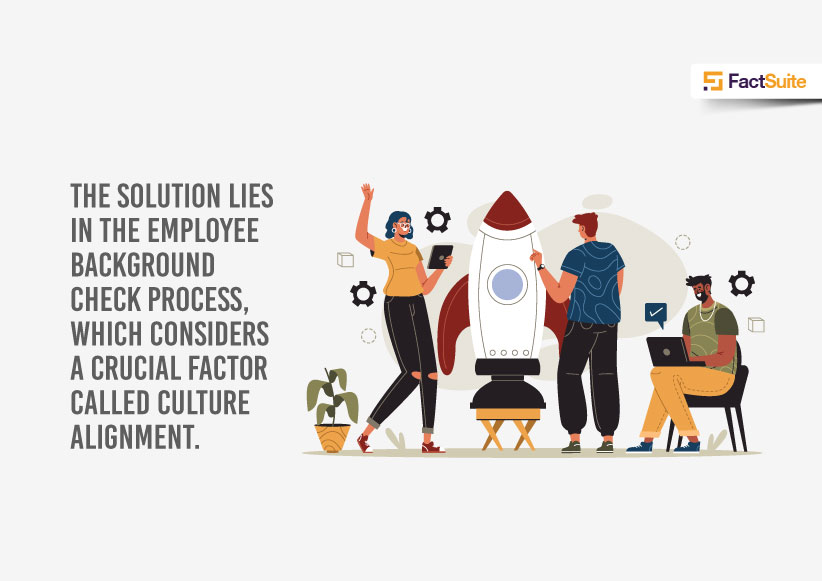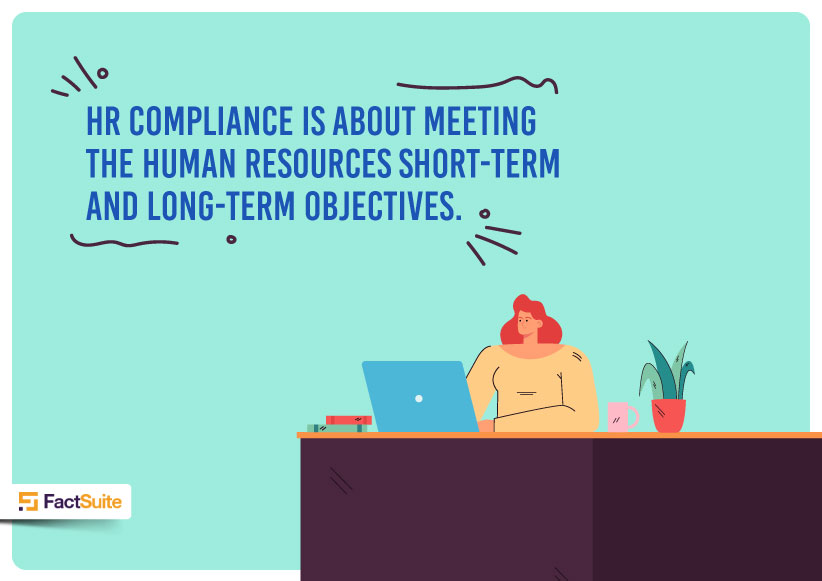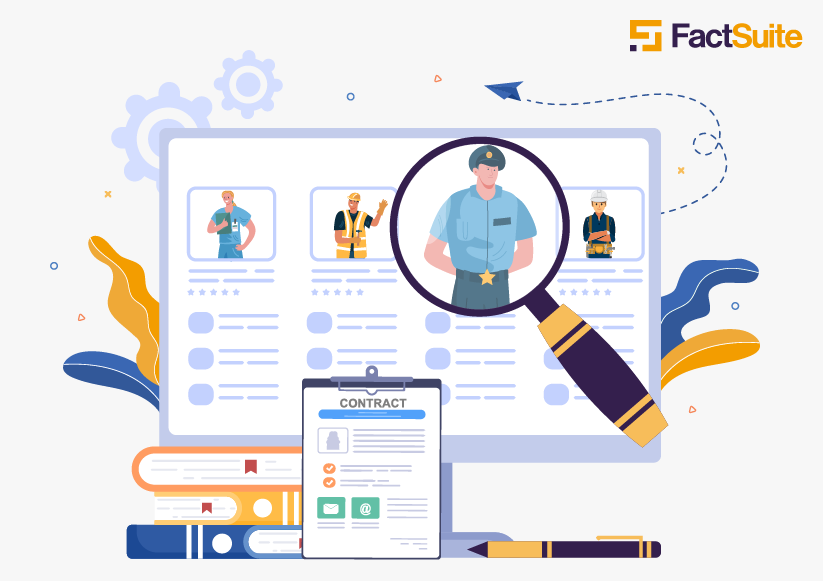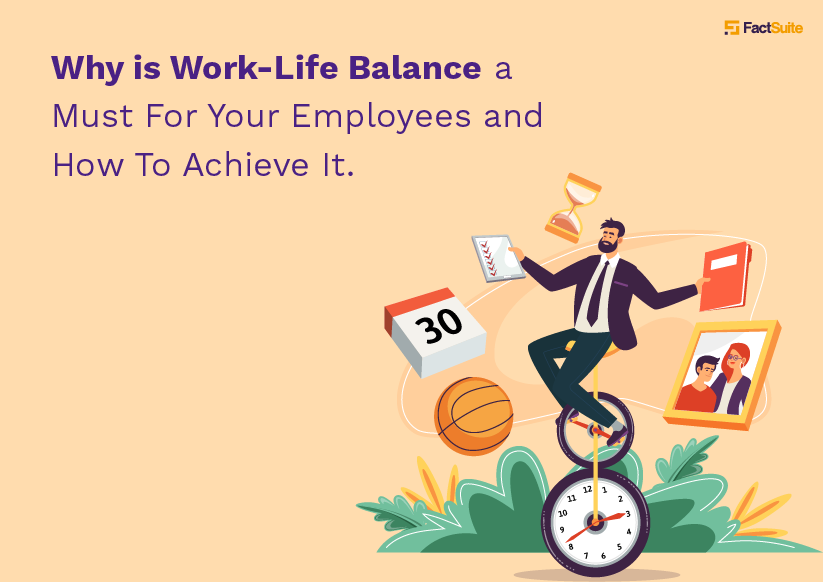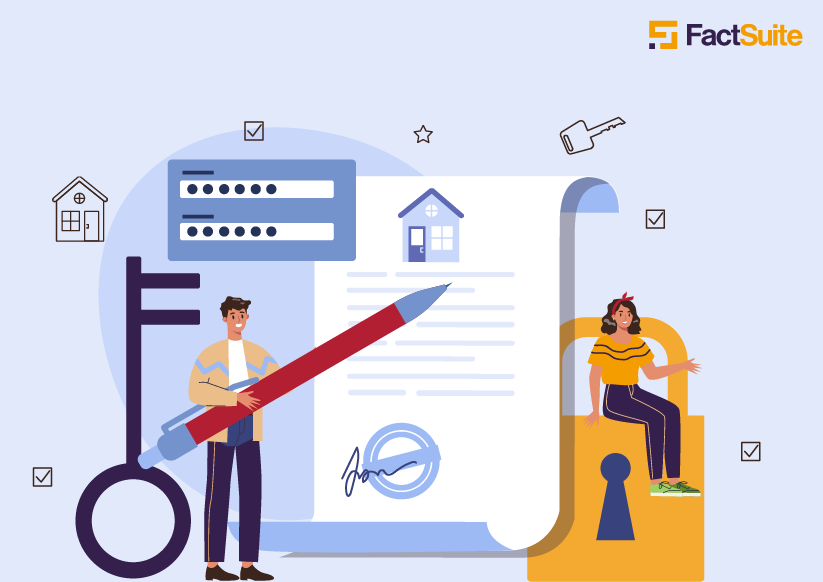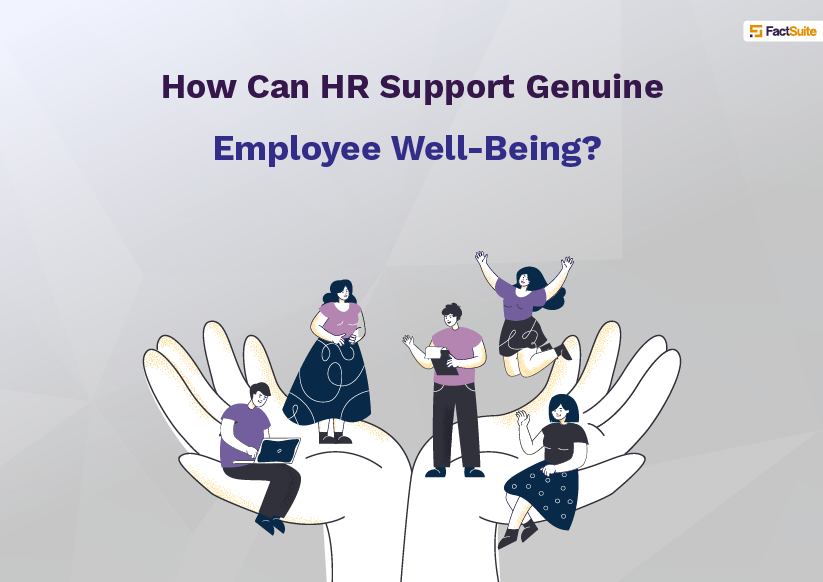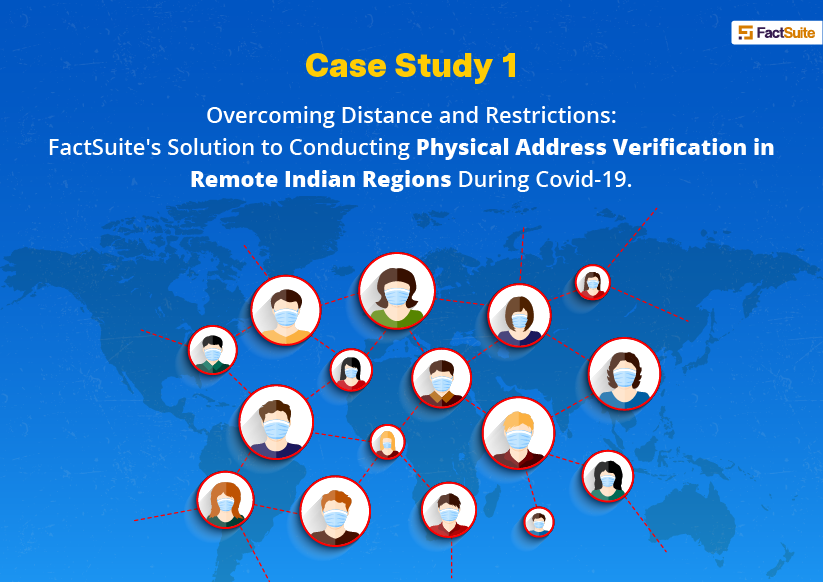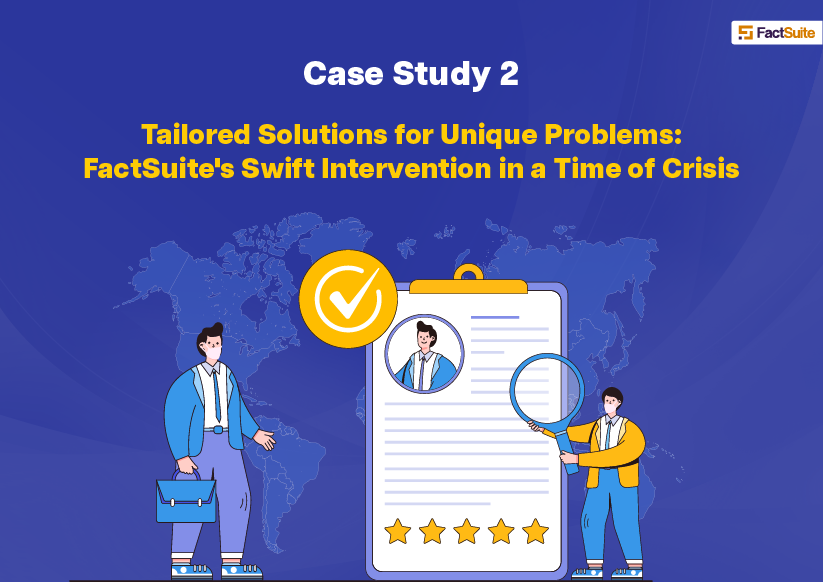Familiarity can Help Build Better Teams. Here’s How.

Table of Content
- Introduction
- Understanding Team Familiarity
- Advantages of Team Familiarity
- Building Team Familiarity
- Conclusion
Introduction
In the game of football, familiarity with teammates plays a huge role in team performance. That is why, new players take a while to adjust to new teams. Research has shown that the performance of pro basketball teams varies according to how long players have been together, in short, professional familiarity between team players. Could this aspect of familiarity be true for teams working in offices? Research by Harvard psychology professor Richard Hackman shows teams perform better when the members become familiar with each other.
So, what is professional familiarity and how does it work? Let’s try to understand the intricacies and nuances of team familiarity in an organization based on studies.
Understanding Team Familiarity
Team familiarity can be defined as the degree to which two members of a team identify themselves to be familiar based on the experience with work they had in the past.
Familiarity with teammates helps the team members to work on independent tasks as well as efficiently communicate and coordinate. It can also be defined as the information or knowledge that the members present in a team consist of or have an idea of the independent or unique tasks and activities in their area of work.
It is the collaboration, coordination, and communication between the members of a team. Team members who work together for a long time can actually have more professional familiarity within themselves and the tasks.
Team familiarity can help teams cope with contingencies such as coordination complexity and diversity in the members’ prior experiences.
Advantages of Team Familiarity
Why do teams with better professional familiarity among their members perform better? Here’s why:
- They demonstrate efficient coordination of activities: When team members are familiar with each other's working methods, they can synchronize their efforts smoothly, leading to improved coordination and task execution.
- They have a better understanding of individual knowledge: Team familiarity enables a deeper understanding of each member's expertise, fostering an environment where knowledge-sharing and learning from one another are common practices.
- They have an increased ability to adapt to change: Familiar teams adapt better to changes and challenges, as they are accustomed to each other's strengths and can redistribute tasks accordingly.
- They demonstrate more integration of knowledge to drive innovation: Members with a shared history can combine their knowledge more effectively, leading to greater innovation and creative problem-solving.
- They have a stronger competitive advantage: Familiar teams have a competitive edge over others, as their cohesiveness enhances overall productivity and boosts employee satisfaction.
Most of these advantages of team familiarity are obvious, and yet, a number of team managers and organizations ignore this aspect and fail to build team familiarity. Now let’s look at ways in which teams can build familiarity.
Building Team Familiarity
Most teams go through four key stages on the way to becoming familiar.
- Forming: In the forming stage, a group of individuals comes together to create a team. At this point, team members are often polite and cautious as they are still getting to know each other and the purpose of the team. The forming stage involves initial introductions, discussions about goals and tasks, and a general sense of anticipation about what lies ahead.
- Storming: As the team progresses, differences of opinions, perspectives, and approaches may start to emerge. This is the storming stage, where conflicts and disagreements can arise. Team members might have different ideas about how to achieve the team's objectives or may struggle with their roles and responsibilities.
- Norming: After navigating through the storming stage, teams often move into the norming stage. Here, the team starts to establish a sense of cohesion and cooperation. They find common ground, develop shared norms and values, and begin to work together more smoothly. Roles and responsibilities are more clearly defined, leading to increased clarity and efficiency in how the team operates.
- Performing: The performing stage is the final destination of the team's development. At this point, team members have grown familiar with each other, and they function as a well-integrated unit. They have developed a high level of trust and comfort, which allows them to work together seamlessly. The team operates cohesively, making decisions efficiently, and solving problems effectively.
Here are some cues and tips to build team familiarity:
Building familiarity with teammates is a process and one should not expect an instant result.
The HRs role is key. Hire talent that will stay in the organization. If members keep joining and leaving the organization, professional familiarity is hard to build.
Like any other aspect of a business, familiarity too, must be tracked and measured. How to measure familiarity? Here’s how:
- Track which members work together on which projects. This can be done by keeping simple records of who worked with whom for which project and what was the result.
- This could work as a metric to assess which team members might work well on what kind of projects and their professional familiarity levels.
- Encourage engagement and collaboration across the organization.
- Set shared goals.
- Present each team with a specific goal to accomplish together as a team.
Conclusion
Team familiarity is a powerful driver of success in both sports and office settings. A well-connected team can accomplish tasks efficiently, adapt to challenges, and foster innovation. As team members, it is essential to be aware of each other's strengths and skills, enabling a more productive and harmonious work environment. Organizations must recognize the importance of familiarity with teammates and actively work towards nurturing it through strategic hiring, goal setting, and promoting collaboration.
So, the next time you step into your workplace, take a moment to assess your professional familiarity with your team members. Embrace the concept of team familiarity, and watch as it transforms your team's performance and brings forth unparalleled success.


